Blog
Can SoftWave Tissue Regeneration Therapy Provide Relief for Hip Labral Tears? Discover a Non-Surgical Path to Healing with Dr. Jeremiah Jimerson, DC, ART
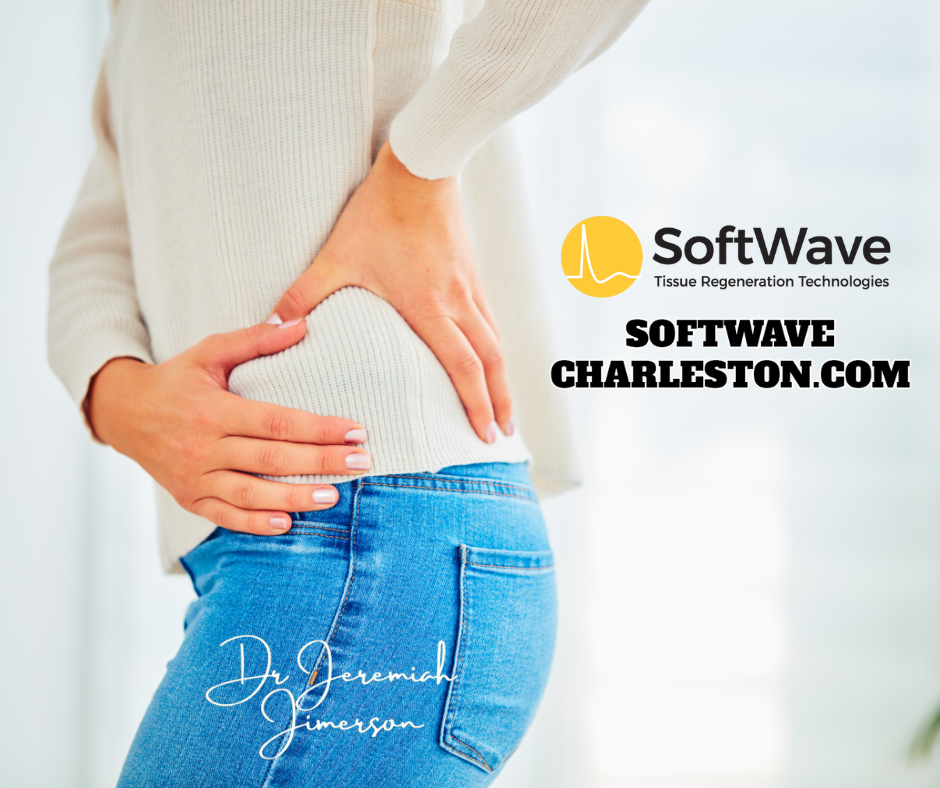
Hip labral tears can be a debilitating condition, affecting your ability to walk, exercise, or even perform daily activities. Often caused by injury, overuse, or structural issues, a hip labral tear can lead to chronic pain, limited mobility, and a sense of instability in the hip joint. Traditional treatments may include physical therapy, pain medications, or even surgery, but SoftWave Therapy offers a non-invasive, drug-free solution that promotes natural healing and provides lasting relief. At Fix Your Pain Charleston, Dr. Jeremiah Jimerson, DC, ART has achieved exceptional results for patients with hip labral tears using SoftWave Therapy, helping them recover without the need for surgery.
What is a Hip Labral Tear?
The hip labrum is a ring of cartilage that surrounds the outer rim of the hip joint socket, known as the acetabulum. This ring of cartilage plays a crucial role in stabilizing the hip joint, ensuring smooth movement, and protecting the joint from excessive wear. When the labrum is torn, it can cause pain, instability, and even lead to long-term joint damage if left untreated.
Causes of Hip Labral Tears
Hip labral tears can occur for a variety of reasons, including:
- Trauma or injury: Sudden impact injuries, such as falls or car accidents, can damage the labrum.
- Repetitive motions: Sports or activities that involve repetitive hip rotation or flexion, such as golf, soccer, or running, can lead to labral tears over time.
- Structural abnormalities: Some people have hip joint irregularities, like femoroacetabular impingement (FAI), which can cause the labrum to wear down prematurely.
- Degenerative conditions: Age-related wear and tear can lead to cartilage breakdown, including labral tears.
Symptoms of a Hip Labral Tear
Common symptoms of a hip labral tear include:
- Pain in the hip or groin: Often felt during or after movement, this pain can be sharp or a persistent ache.
- Limited range of motion: A torn labrum can restrict the movement of the hip joint, making it difficult to bend, rotate, or walk comfortably.
- Catching or locking sensation: Some patients feel a clicking or locking in the hip when they move, caused by the torn labrum interfering with joint mechanics.
- Hip instability: A labral tear can make the hip feel unstable, as if it might “give way” during activity.
Traditional Treatment Approaches for Hip Labral Tears
The traditional approach to treating hip labral tears often involves a combination of rest, physical therapy, medications, and, in severe cases, surgery:
- Physical Therapy: Therapy focuses on strengthening the muscles around the hip to support the joint, but it doesn’t repair the torn labrum.
- Medications and Injections: Anti-inflammatory medications or corticosteroid injections may reduce pain temporarily but do not address the underlying issue.
- Surgery: In severe cases, arthroscopic surgery may be recommended to remove or repair the damaged portion of the labrum. However, surgery can involve long recovery times and does not always guarantee relief.
For those looking for a non-surgical, long-lasting solution, SoftWave Therapy offers an effective alternative that promotes healing and regeneration of the labral tissue.
How SoftWave Therapy Helps Heal Hip Labral Tears
SoftWave Tissue Regeneration Therapy is a cutting-edge advanced shock wave treatment that uses electrohydraulic supersonic acoustic waves to stimulate the body’s natural healing processes. Unlike traditional treatments that merely mask symptoms, SoftWave Therapy works at the cellular level to address the root of the problem, promoting tissue repair and reducing inflammation.
Key Benefits of SoftWave Therapy for Hip Labral Tears:
-
Promotes Cellular Repair and Regeneration: SoftWave Therapy activates resident stem cells and encourages tissue regeneration in the damaged labral cartilage, promoting long-term healing rather than temporary relief.
-
Reduces Inflammation and Pain: The acoustic waves help modulate the inflammatory response around the hip joint, reducing pain and swelling without the need for medications or injections.
-
Improves Blood Flow and Circulation: SoftWave Therapy promotes angiogenesis (the formation of new blood vessels), which enhances blood flow to the labrum. Improved circulation delivers oxygen and nutrients to the damaged tissues, accelerating recovery and supporting joint health.
-
Non-Invasive and No Downtime: Unlike surgery, SoftWave Therapy is completely non-invasive, allowing patients to resume their daily activities without lengthy recovery periods or downtime.
-
Safe for Long-Term Use: Since SoftWave Therapy doesn’t involve medications, surgery, or injections, it’s a safe, natural treatment for those seeking long-term relief from hip pain.
Why SoftWave Therapy is Superior for Hip Labral Tears
While surgery is sometimes recommended for hip labral tears, it carries risks and may not always provide lasting relief. SoftWave Therapy, on the other hand, is safe, effective, and non-invasive, making it a superior alternative for many patients:
- No Risk of Surgical Complications: SoftWave Therapy doesn’t require anesthesia, incisions, or downtime, avoiding the potential risks associated with surgery.
- Addresses the Root Cause of Pain: Rather than simply reducing symptoms, SoftWave Therapy promotes healing at the cellular level, addressing the underlying cause of pain and dysfunction.
- Supports Natural Healing: By activating the body’s own stem cells and enhancing blood flow, SoftWave Therapy allows for true tissue repair and regeneration.
- Lasting Results: Patients who receive SoftWave Therapy for hip labral tears often experience ongoing improvements for weeks and months, with reduced pain and enhanced joint function.
What to Expect During SoftWave Therapy for a Hip Labral Tear
During a SoftWave Therapy session, Dr. Jeremiah Jimerson will apply the SoftWave device to the affected area of the hip. The supersonic waves penetrate deep into the tissues, stimulating healing and regeneration. Many patients feel a mild tingling sensation as the waves target the damaged labral tissue, but the treatment is typically comfortable and well-tolerated.
Patients often begin to notice improvements after a few sessions, with increased mobility, reduced pain, and a feeling of stability in the hip. Because SoftWave Therapy promotes long-term healing, the benefits continue even after the initial treatment period.
Real Results for Hip Labral Tears with Dr. Jeremiah Jimerson
At Fix Your Pain Charleston, Dr. Jeremiah Jimerson has helped numerous patients with hip labral tears achieve lasting relief and improved quality of life through SoftWave Therapy. By addressing both the pain and the underlying damage, Dr. Jimerson enables his patients to avoid invasive procedures, regain mobility, and return to the activities they love without the limitations of chronic hip pain.
Rediscover Pain-Free Mobility with SoftWave Therapy at Fix Your Pain Charleston
If you’re struggling with a hip labral tear and seeking a non-surgical, effective solution, SoftWave Therapy at Fix Your Pain Charleston may be the answer. Dr. Jeremiah Jimerson’s expertise in SoftWave Therapy can provide you with a path to healing, helping you overcome pain, improve mobility, and avoid surgery.
Fix Your Pain Charleston
761 Saint Andrews Blvd
Charleston, SC 29407
Phone: 843.873.6004
Visit Fix Your Pain Charleston to learn more or schedule an appointment online today!
‹ Back


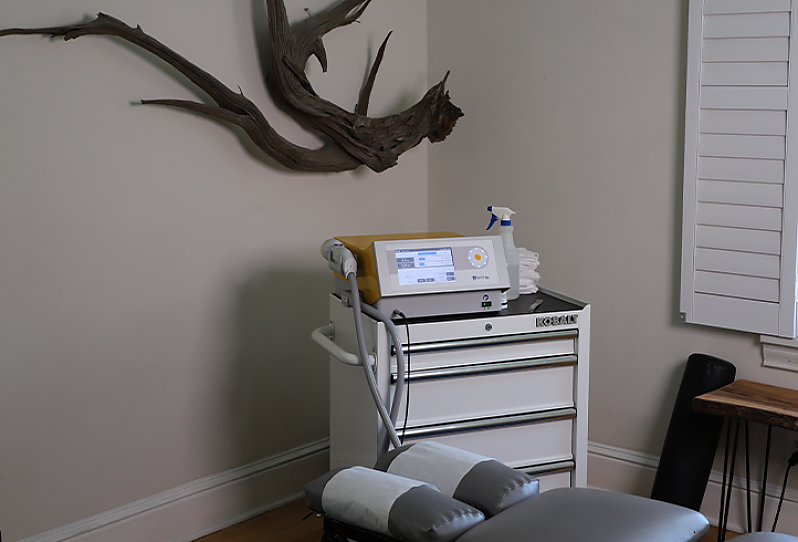
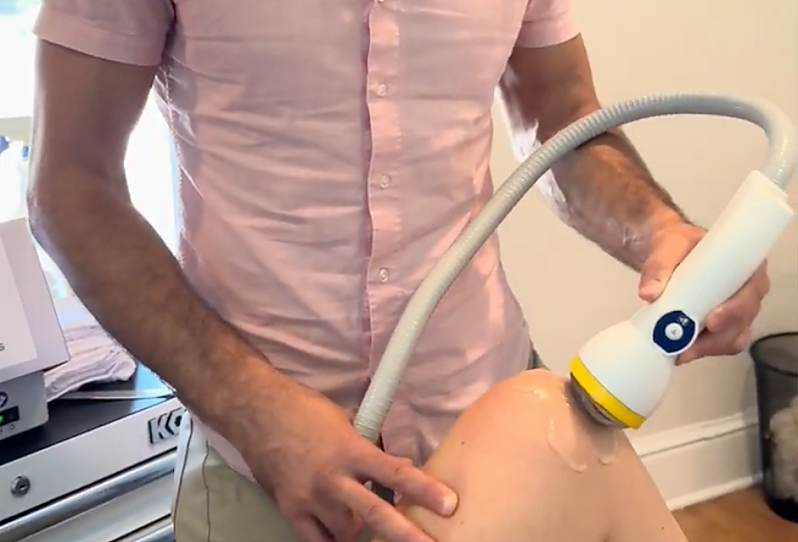
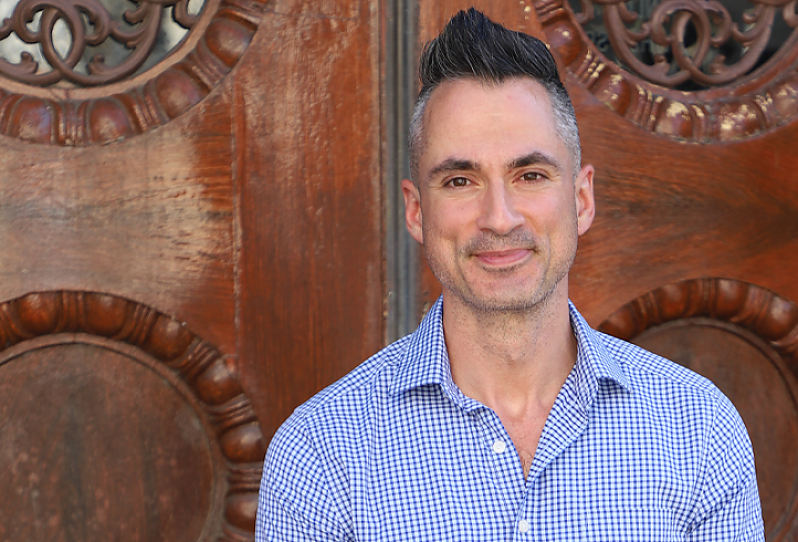
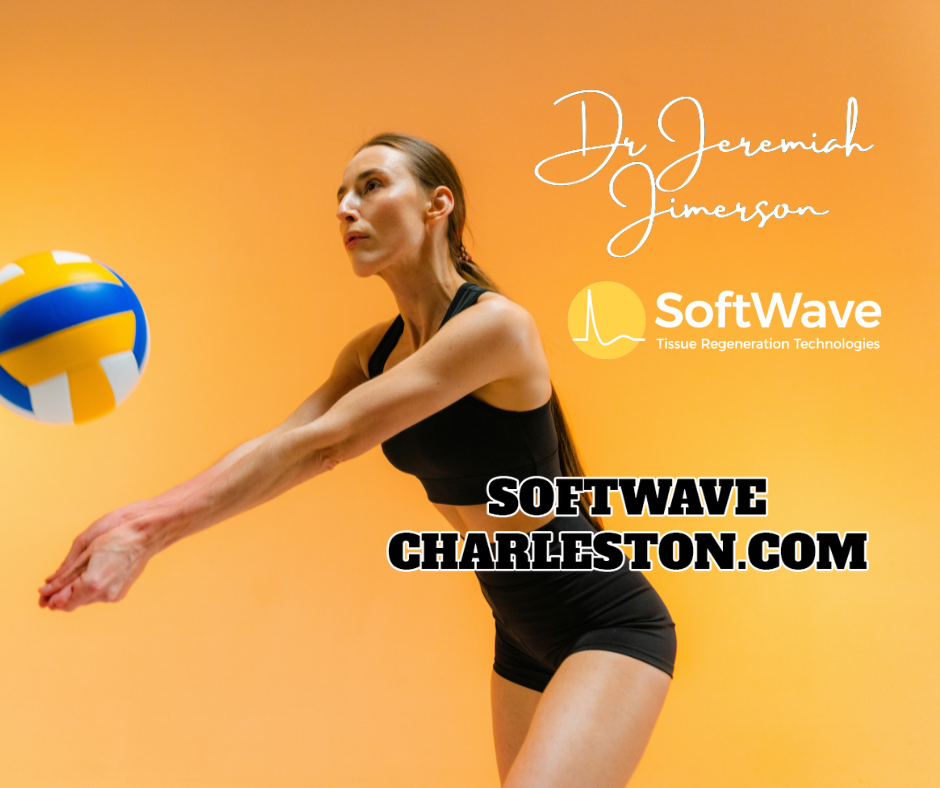
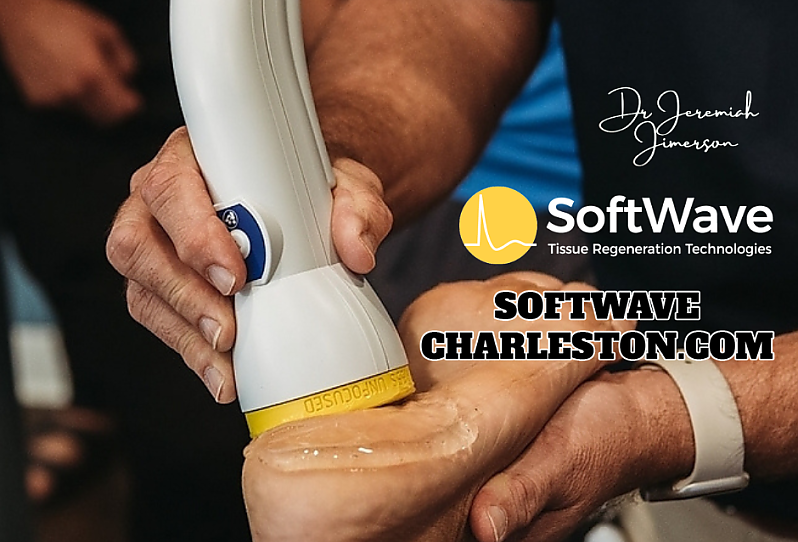

 761 St Andrews Blvd
761 St Andrews Blvd
